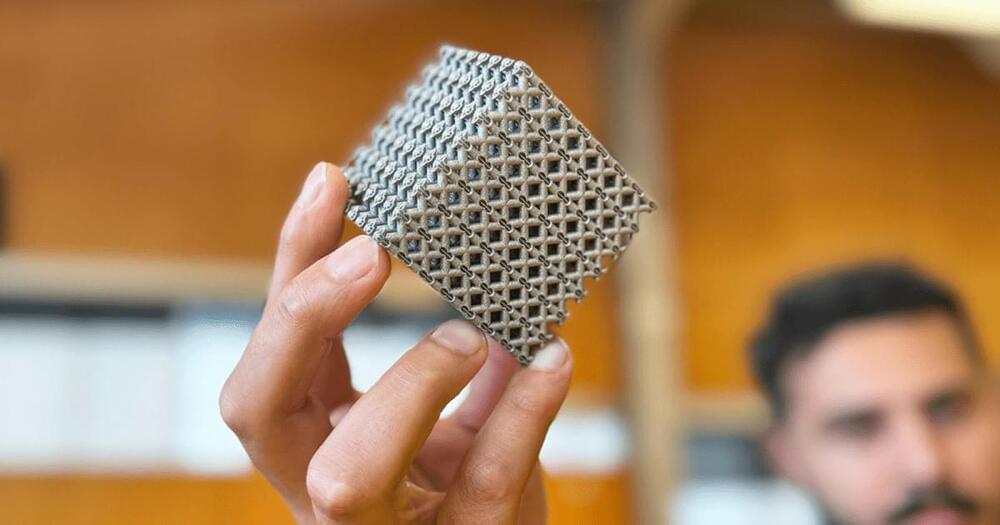Boston Dynamics has revealed its new electric Atlas humanoid robot. It’s expected to be stronger than its hydraulic predecessor, with a range of grippers. That’s expected to give it significantly higher commercial appeal.
Get the latest international news and world events from around the world.

Attosecond imaging made possible by short and powerful laser pulses
Extremely short pulses of laser light with a peak power of 6 terawatts (6 trillion watts)—roughly equivalent to the power produced by 6,000 nuclear power plants—have been realized by two RIKEN physicists. This achievement will help further develop attosecond lasers, for which three researchers were awarded the Nobel Prize in Physics in 2023. The work is published in the journal Nature Photonics.


Strange New Form of Gold Exists as a Sheet That’s Just One Atom Thick
For centuries, goldsmiths have sought ways to flatten gold into ever finer forms. An approach based in modern chemistry has finally created a gold material that literally can’t get any thinner, consisting of a single layer of atoms.
Sticking to the naming conventions of materials science, researchers have named this new two-dimensional material ‘goldene’, and it has some interesting properties not seen in the three-dimensional form of gold.
“If you make a material extremely thin, something extraordinary happens – as with graphene,” explains materials scientist Shun Kashiwaya of Linköping University in Sweden.


Rapamycin and Longevity: A Few Thoughts On Dosing
What’s the optimal way to dose a longevity drug like rapamycin? Nils Osmar looks at some different studies that provide a possible answer:
It’s worth noting that mTORC2 is not directly inhibited by rapamycin under most circumstances, but can be under some. Some studies have found that after prolonged use, rapamycin can also begin inhibiting mTORC2 (see study: Alternative rapamycin treatment regimens mitigate the impact of rapamycin on glucose homeostasis and the immune system).
So taking breaks from rapamycin may also be beneficial.
Could taking some time off undermine rapamycin’s anti-aging benefits? It’s hard to know for sure, because people are so long-lived there’s no way to test its effects on human aging directly. But in mice, at least, it’s been found that administering rapamycin for two weeks out of every four can still significantly extend lifespan (see study: Alternative rapamycin treatment regimens mitigate the impact of rapamycin on glucose homeostasis and the immune system).



3D-printed “metamaterial” is stronger than anything in nature
Using lasers and metal powder, Australian scientists have created a super strong, super lightweight new — but they got the idea for this sci fi-sounding creation from plants.
The challenge: Materials that are strong yet lightweight, such as carbon fiber and graphene, are used to make everything from medical implants to airships, and developing ones with ever greater “strength-to-weight ratios” is the goal of many material scientists.
In pursuit of that goal, some have turned to nature, looking for ways to replicate in metal the hollow lattice structures, like those in the Victoria water lily, that make some plants remarkably strong.
Tesla’s Risky Move Towards Autonomy and Self-Driving Technology
Tesla’s aggressive push towards autonomy and the development of self-driving technology has the potential to drastically change the automotive industry and disrupt the competition.
Questions to inspire discussion.
What is Tesla’s shift in strategy?
—Tesla is undergoing a shift in strategy towards autonomy and self-driving technology, which may be seen as reactionary to current events but also part of the company’s long-term plan.